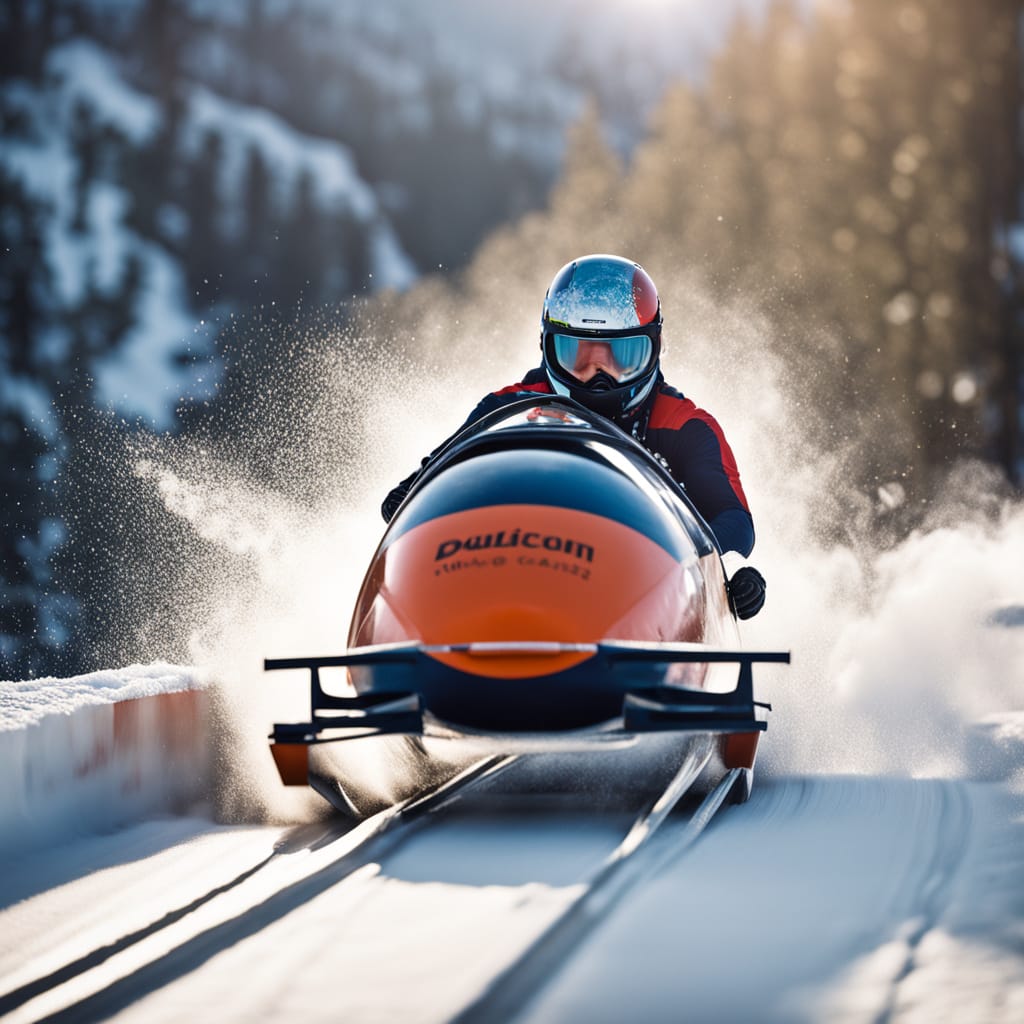The Thrilling Sport of Bobsledding: A Deep Dive into Its Origins, Popularity, and Global Influence

Introduction
Bobsledding is one of the most exhilarating winter sports, combining speed, teamwork, and precision. Originating in Europe, it has developed into a globally recognized competition. Nations with cold climates have embraced it, creating dedicated training programs and facilities. The sport has gained a following due to its high-speed action and Olympic presence. Amateur and professional leagues continue to grow, bringing new athletes into the sport.
The Origin and History of Bobsledding
The origins of Bobsledding date back to the late 19th century in Switzerland. Wealthy tourists in St. Moritz began modifying sleds to race down icy tracks. These early sleds were made of wood and lacked proper steering mechanisms. Over time, metal runners and aerodynamic designs improved speed and control.
By the early 20th century, organized competitions began taking shape. The first official bobsled race took place in 1898 on a natural ice track. In 1923, the Fédération Internationale de Bobsleigh et de Tobogganing (FIBT) was established. The sport made its Olympic debut at the 1924 Winter Games in Chamonix, France. Since then, it has remained a staple of the Winter Olympics.
Technological advancements have transformed Bobsledding over the years. Modern sleds are made from lightweight materials like fiberglass and carbon fiber. Improved track designs have enhanced safety and performance. The introduction of women’s bobsled events in 2002 further expanded the sport’s reach.
The Global Popularity of Bobsledding
Bobsledding has found a strong following in countries with cold climates. Switzerland, Germany, Canada, and the United States dominate international competitions. European nations such as Latvia and Austria also have competitive teams.
In North America, Bobsledding enjoys significant media coverage during the Winter Olympics. Training facilities exist in Lake Placid, Park City, and Calgary. These locations attract athletes from around the world.
Although traditionally a cold-weather sport, nations with limited winter conditions have shown interest. Jamaica’s bobsled team, made famous by the movie Cool Runnings, proved that determination can overcome climate barriers. Other tropical nations, including Nigeria and Brazil, have formed teams to compete internationally.
Amateur Bobsledding: Youth and School Participation
Many aspiring bobsledders start their journey through amateur leagues. In countries with established programs, young athletes train at dedicated facilities. Schools with winter sports programs often introduce students to Bobsledding through local competitions.
Youth development programs focus on building strength, agility, and teamwork. Some training facilities offer introductory camps for beginners. These camps teach the basics of sled control, track navigation, and sprinting techniques.
Several universities and sports academies support Bobsledding through scholarship programs. Athletes from track and field often transition into the sport due to their sprinting ability. Talent identification programs scout promising individuals for national teams.
Professional Bobsledding Leagues and Competitions
Professional Bobsledding is governed by the International Bobsleigh and Skeleton Federation (IBSF). The organization oversees World Cup events, World Championships, and Olympic competitions. Athletes compete in both two-man and four-man bobsled events.
The Bobsleigh World Cup serves as the premier annual competition. Held across multiple countries, it determines the world’s top-ranked teams. The IBSF World Championships occur every two years, showcasing elite talent from around the globe.
The Olympic Games remain the most prestigious stage for Bobsledding. Countries invest heavily in training programs to secure podium finishes. National teams undergo rigorous preparation, refining their sled technology and racing strategies.
Political and Social Significance of Bobsledding
Bobsledding has played a role in international relations. The sport brings together athletes from diverse backgrounds, fostering global unity. Historical moments, such as the participation of underdog teams, have inspired generations.
The Jamaican bobsled team’s Olympic debut in 1988 highlighted the power of perseverance. Their journey challenged stereotypes and encouraged emerging nations to pursue winter sports. Similar breakthroughs have occurred with teams from Ghana and Nigeria.
Socially, Bobsledding promotes gender equality. The inclusion of women’s events has provided opportunities for female athletes. Advocacy groups continue pushing for greater representation in the sport.
Additionally, Bobsledding contributes to economic growth in winter sports regions. Training facilities, competitions, and tourism generate revenue for host cities. The sport’s appeal boosts engagement in winter athletics, encouraging participation from all age groups.
Rules and Gameplay of Bobsledding
Bobsledding involves racing down an icy track in a high-speed sled. Each team consists of a pilot, brakeman, and, in four-man events, two pushers. The goal is to complete the course in the shortest time possible.
Races begin with a sprint start. Athletes push the sled for approximately 50 meters before jumping in. A powerful start is crucial, as it significantly affects overall speed.
The pilot steers the sled using rope-connected handles. Precision is essential to navigate sharp turns and maintain momentum. The brakeman applies the brakes only after crossing the finish line.
Each team completes multiple runs, with combined times determining the final standings. The fastest total time wins the race. Tracks vary in length but typically measure between 1,200 and 1,500 meters. Speeds often exceed 80 mph, making Bobsledding one of the most thrilling winter sports.
Penalties occur for infractions such as false starts, sled malfunctions, or exceeding weight limits. Strict regulations govern sled construction to ensure fair competition.
Conclusion
Bobsledding continues to captivate audiences with its speed and excitement. From its origins in Switzerland to its global expansion, the sport has left a lasting impact. Amateur and professional leagues provide pathways for new athletes. Its social and political significance extends beyond the ice, inspiring diverse participation. With continued development, Bobsledding will remain a highlight of winter sports for years to come.




